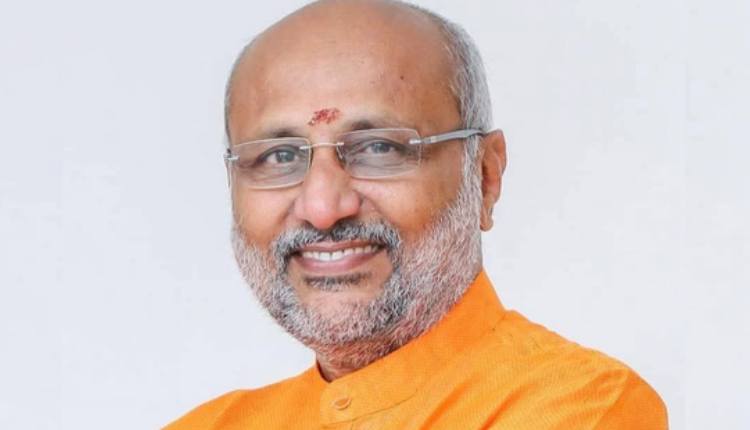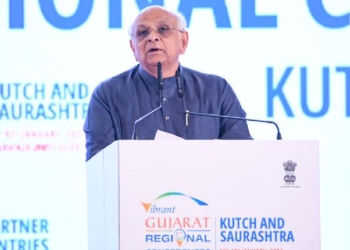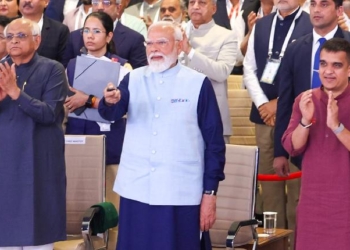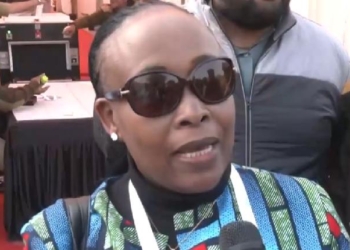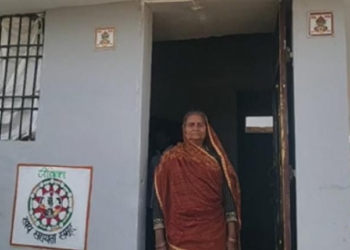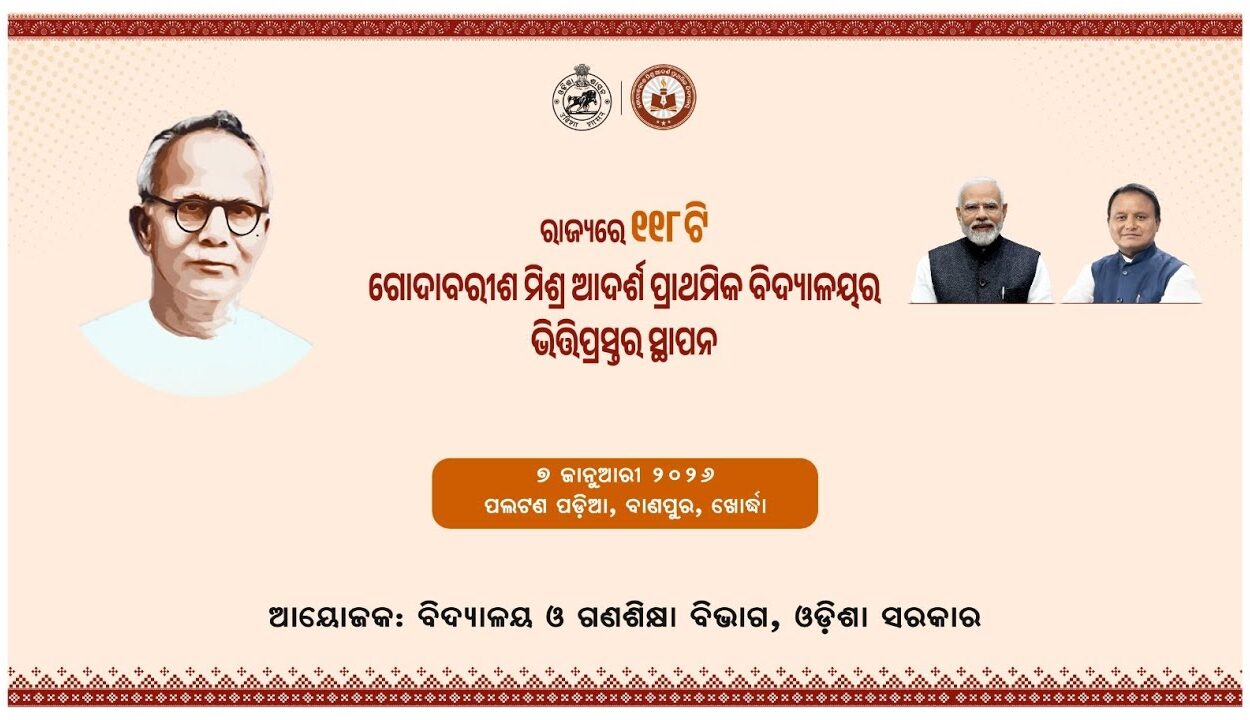New Delhi: The victory of National Democratic Alliance (NDA) candidate C. P. Radhakrishnan in the vice-presidential election comes as a reassurance that all is well within the ruling bloc.
It further underscores NDA’s cohesiveness, cements its parliamentary control, and strengthens the “Modi magic” narrative.
The result has put to rest apprehensions of a possible split in votes among NDA constituents, with opposition Indian National Developmental Inclusive Alliance (INDIA) putting up Sudarshan Reddy in what was being seen as a South vs South choice.
While Radhakrishnan hails from Tamil Nadu, Reddy is from Andhra Pradesh.
The opposition alliance presumed it would help them drive a wedge among NDA partners, with Chandrababu Naidu’s Telugu Desam Party (TDP) currently in power in Andhra Pradesh.
The primary constituent of NDA, Bharatiya Janata Party (BJP) – with 240 MPs in Lok Sabha – is 32 seats short of a majority. It thus has to lean on parties like the TDP (16 seats) and Nitish Kumar’s Janata Dal (United), among others.
In fact, Radhakrishnan’s victory was endorsed by parties as diverse as Andhra’s opposition YSR Congress, Bihar’s Janata Dal (U), AIADMK of Tamil Nadu, and Shiv Sena from Maharashtra.
It reaffirms the NDA’s capacity to maintain a sprawling coalition across regional and ideological lines.
At the same time, reliance on regional heavyweights for a vice-presidential win deepens mutual dependence. BJP needs their support in the Rajya Sabha; allies seek policy concessions at the Centre.
As such, Delhi may see more finely calibrated power-and-purse negotiations with coalition partners to sustain this multi-state collaboration.
But the outcome favours BJP’s long-term ambition to gain ground in Tamil Nadu, where assembly elections are expected next year.
Hailing from Tamil Nadu and having served twice as a Lok Sabha MP from Coimbatore, Radhakrishnan’s elevation delivers a powerful message to southern states – traditionally sceptical of BJP hegemony.
His nomination by the BJP Presidential Board and unanimous NDA backing signal a bid to strengthen the party’s foothold in the Dravidian heartland.
In Tamil Nadu – where the BJP has struggled to break the regional party duopoly (DMK vs. AIADMK) – this choice offers local cadres a high-profile champion.
Electors in the state would welcome a state representative’s accession to India’s second-highest office.
This symbolic boost could translate into improved candidate recruitment, better campaign infrastructure, and greater resonance with local issues as the party strategises for municipal and assembly elections in the next two years.
Radhakrishnan’s victory underlines the NDA’s firm numerical advantage in both Houses of Parliament. For the BJP, this increases the bargaining power with smaller allies and reinforces the notion that legislative outcomes will largely reflect the ruling alliance’s preferences.
As ex officio Chairperson of Rajya Sabha, the Vice-President presides over debates, decides on procedural disputes, and can influence the pace at which bills progress. With Radhakrishnan’s political and administrative experience, the NDA can expect a smoother path for contentious reforms.
A longtime Rashtriya Swayamsevak Sangh member and BJP veteran since his teens, Radhakrishnan embodies the Sangh-Parivar nexus that underpins much of the government’s ideological thrust.
His ascension signals continued RSS influence at the highest echelons of power, reinforcing the BJP’s narrative of cultural nationalism.
For supporters, this will foster policy consistency.
(IANS)




